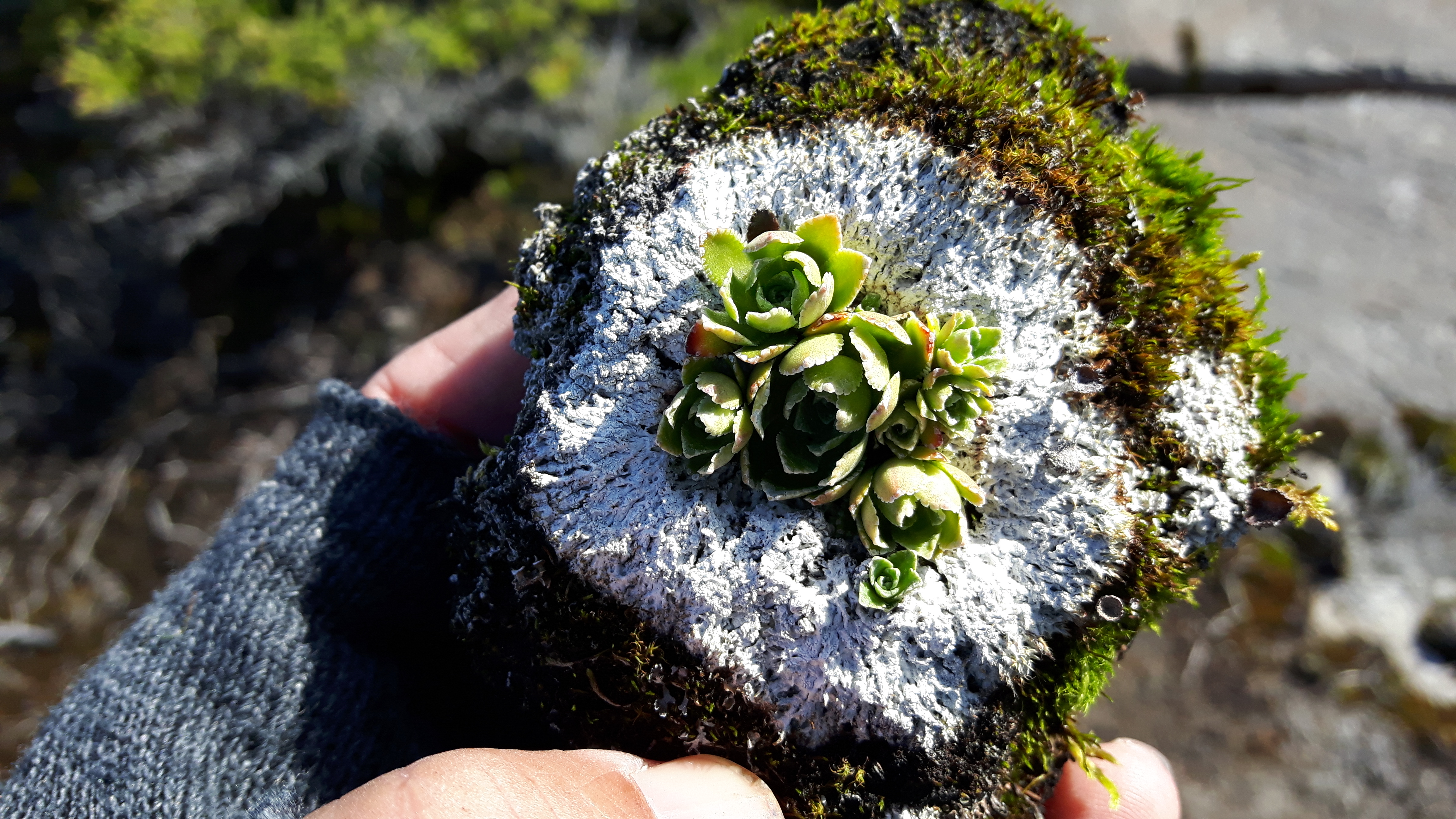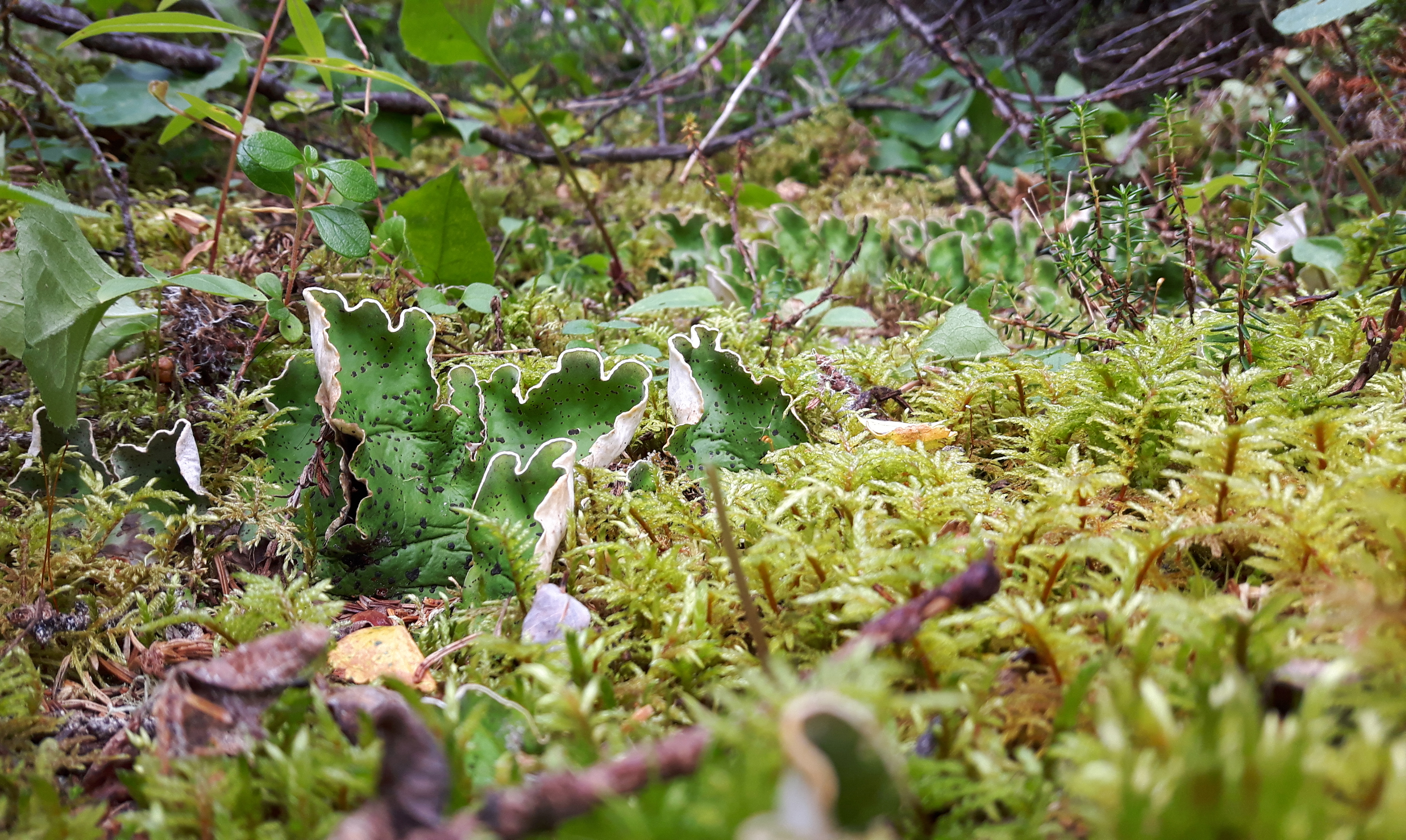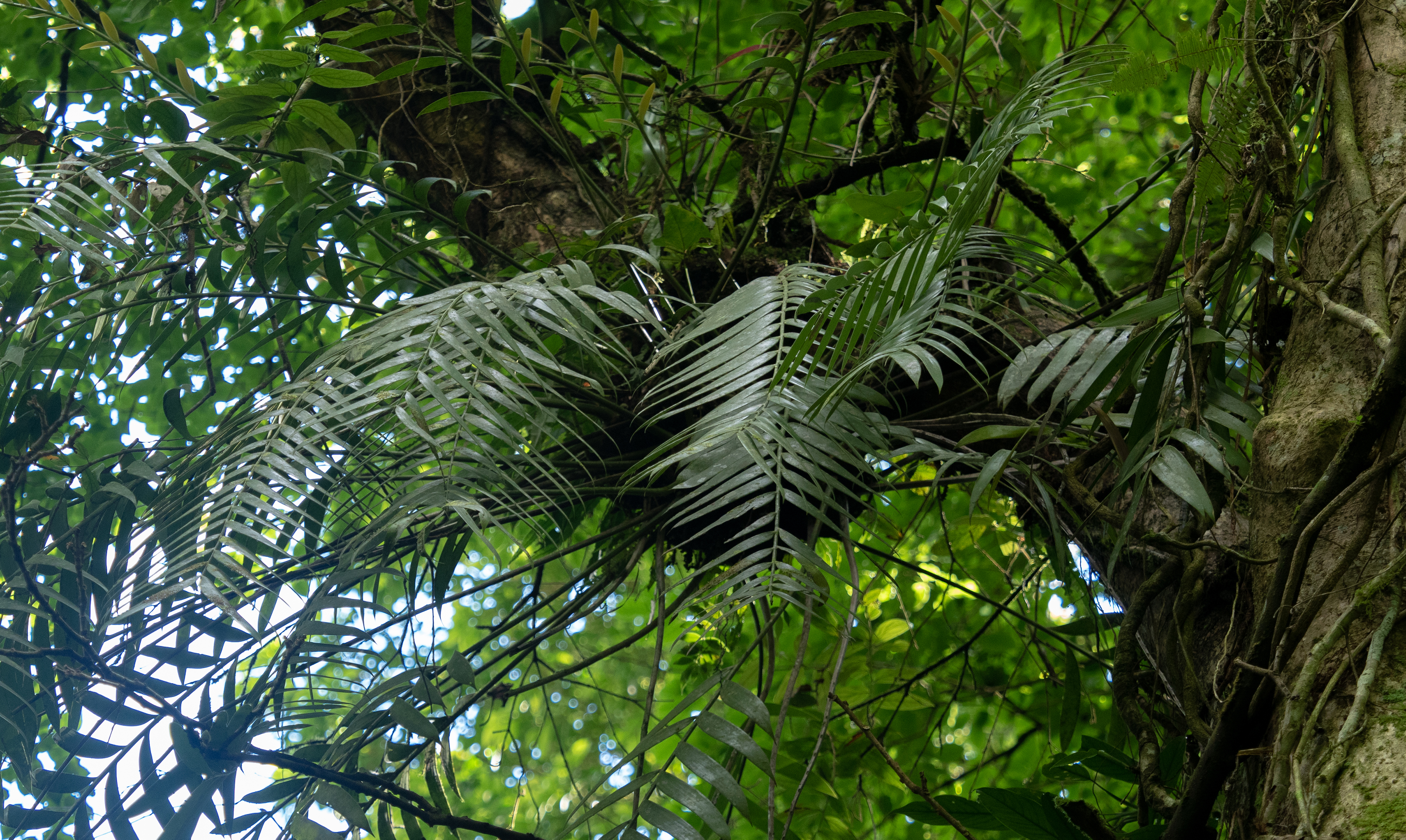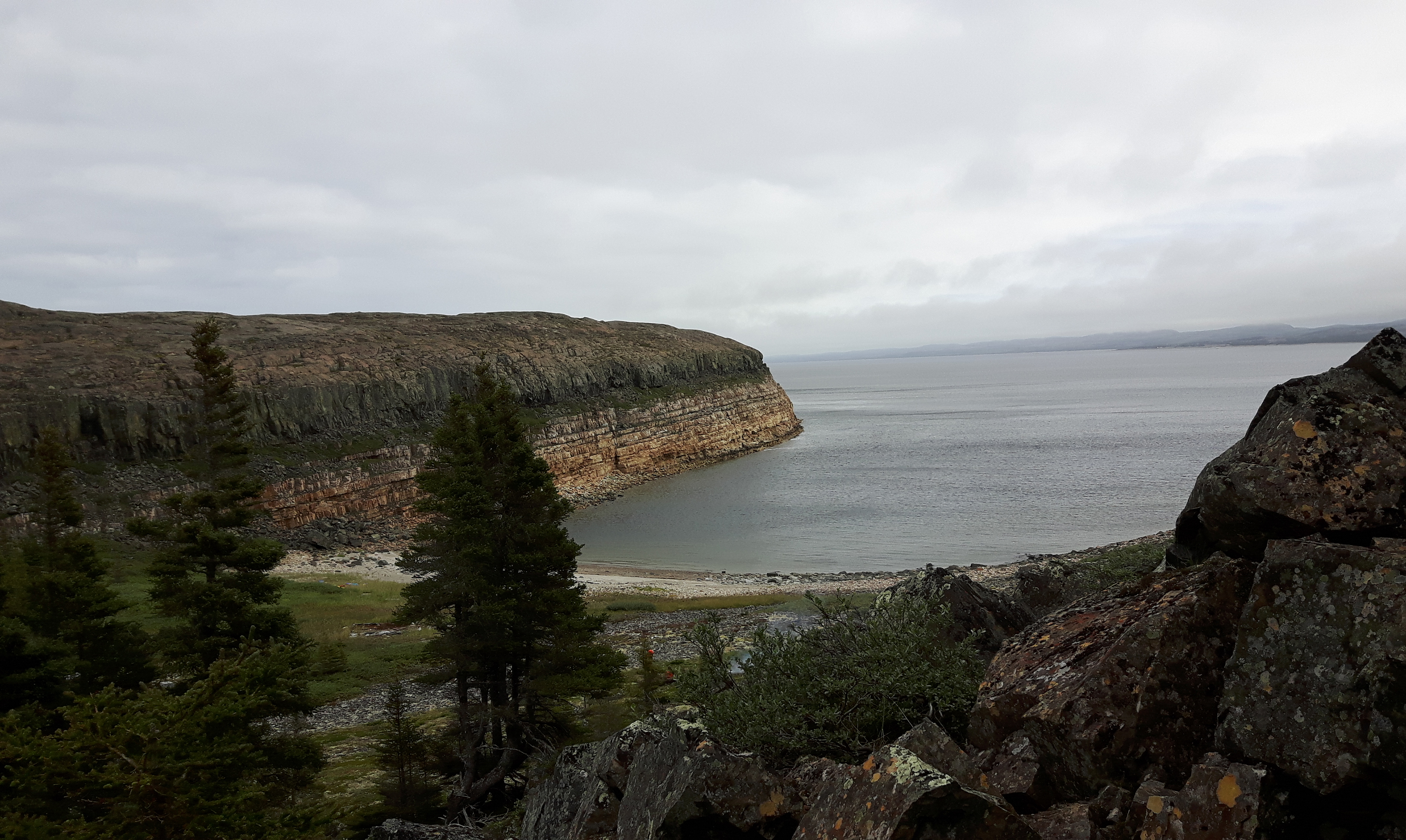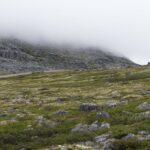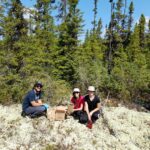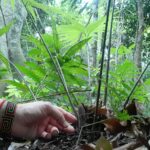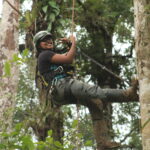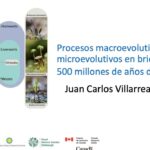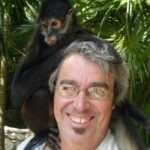
We lost the director of our Institute, Louis Bernatchez.
Since my arrival to the IBIS in 2016, Louis showed extraordinary support. He was also the best example of leadership I have seen so far. His intellectual contribution to science is astronomical and his passion and support for his students and staff are legendary. We are all saddened by the loss of a giant.
JC, September 29, 2023
Read More
